Do I Need to Rip Out My Egg Plant or Will It Grow Again
5 Tips for Growing Excellent Eggplant
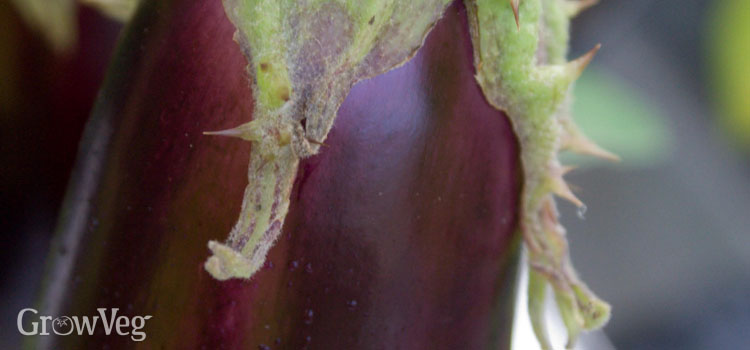
Whether you phone call information technology eggplant, aubergine, or brinjal, Solanum melongena is interesting to abound and bully fun to eat. Ben Vanheems has covered growing eggplant in cooler climates, but even if you have plenty of heat, eggplant tin can exist a tricky ingather. Later growing eggplant in several different places, I take learned five valuable tips worth sharing.
1. Attempt growing small-fruited eggplant varieties
Just as petite cherry tomatoes are easier to abound compared to varieties with huge fruits, eggplant varieties that produce small-scale-size fruits are the virtually trustworthy types for gardens. Long, slender Asian varieties like 'Ping Tung Long' never disappoint, or yous might like the shorter fruits of 'Millionaire', 'Bonica', or some other oval-shaped eggplant.
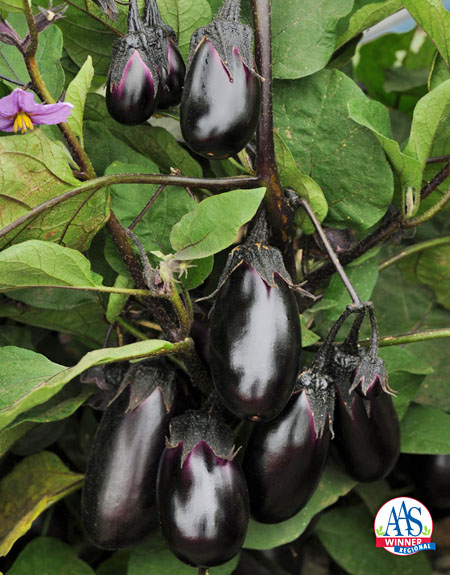
Meaty varieties that do well in containers or square pes gardens are dandy fun to grow, whether you try heirloom 'Morden Midget' the European favourite chosen 'Pot Black', or 'Patio Baby', which won an All America Selections Award in 2014. These bushy eggplant varieties produce numerous secondary branches as the growing season progresses, which gives them staying power in the garden.
2. Start seeds late
There is never a hurry to start eggplant seeds, because the plants grow best under warm conditions. Thanks to their wide leaves, eggplant seedlings abound quickly, gaining size faster than tomatoes or peppers. If you have a long, warm growing flavour and apply a split flavor planting plan, you lot can commencement seeds in midsummer for a autumn crop. Ready out the seedlings out during a spell of cloudy weather.
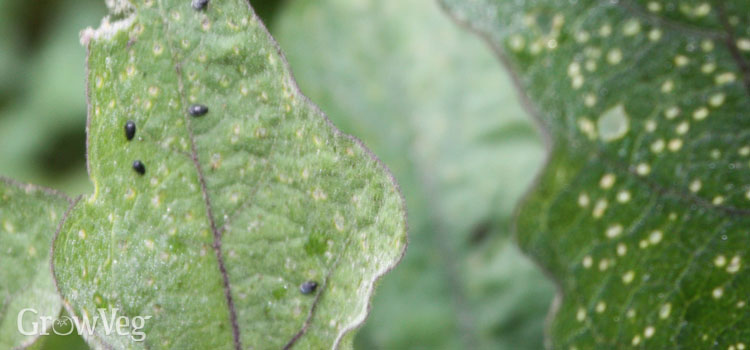
3. Anticipate eggplant flea beetles
Growing eggplant would be ridiculously easy if not for eggplant flea beetles. These tiny hoppers brand minuscule holes in leaves of nightshade family plants such every bit potatoes and tomatoes – but eggplant is their favorite nutrient.
The first tip I e'er learned for sidestepping flea beetle bug was to grow the plants on a raised table, in dark colored nursery pots, for as long equally possible. Container grown plants ofttimes escape damage, because eggplant flea beetles don't venture onto decks and patios in search of host plants, and the night containers assistance warm the roots on sunny days. I pot up the seedlings equally they grow, and ready them out when their roots fill a iv-inch (10cm) pot and the plants are quite stocky.
Eggplant is among the few vegetables that don't heed warm roots, so they grow well in roomy containers provided the plants are given enough of h2o.
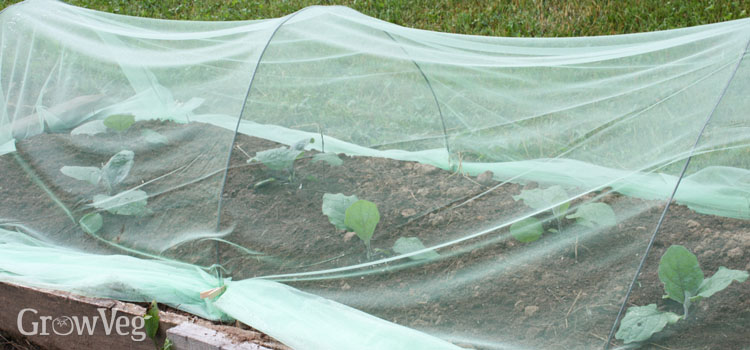
Big, vigorous plants can outgrow small flea beetle damage, and young plants are like shooting fish in a barrel to protect with row covers fabricated from tulle (wedding net), which keeps out near flea beetles but does non retain heat. When the plants begin to blossom, remove the covers so bees tin reach the flowers. This is a good time to install stakes to go along the plants from falling over as they load upward with fruits.
4. Invite native pollinators
Self-fertile eggplant flowers tin be fertilised by air current lone, only buzz-pollination by bees improves fruit set and fruit size. Many of the best pollinators are solitary bees – carpenter bees, bumblebees, and little sweat bees – who vibrate the blossoms to shake out pollen. If pollinators are absent or yous have only a few plants, you can hand pollinate them by dabbing a dry artist's paintbrush in the open up blossoms. Or, touch on the dorsum of the blossoms with a vibrating toothbrush to simulate a visit from a buzzing bee.
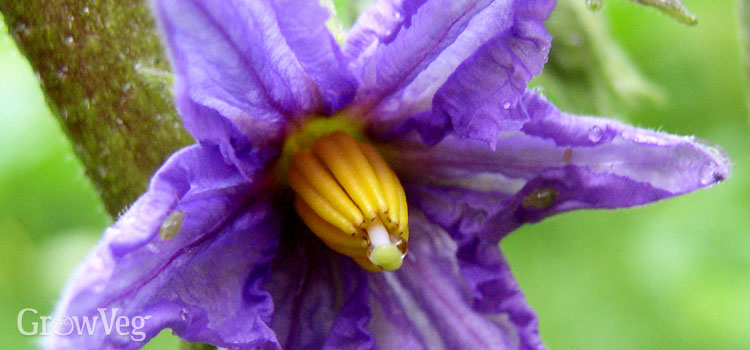
5. Provide timely feedings
About 6 weeks subsequently planting, when the plants blossom and set up their first fruits, they do good from extra nutrients. You can side-dress the plants with organic fertiliser or composted manure, or give them a deep deluge with a h2o-soluble plant food. Fertilise again in late summer, when the plants are holding a heavy ready of fruits.
Container-grown eggplant needs nearly abiding feeding, though y'all must look out for excessive common salt buildup, which can cause the plants to end growing. Every two weeks or and then, deluge the containers with clean water to leach out accumulated salts. Fish or kelp based organic fertilisers get out behind fewer salts than most constructed products.
< All Guides
Source: https://www.growveg.com.au/guides/5-tips-for-growing-excellent-eggplant/
0 Response to "Do I Need to Rip Out My Egg Plant or Will It Grow Again"
Post a Comment